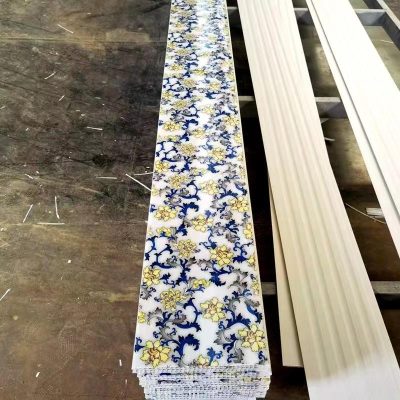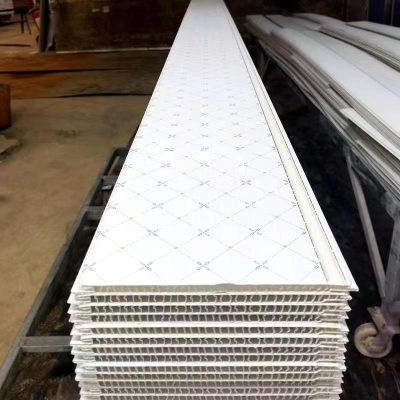Ceiling tiles play a crucial role in soundproofing by absorbing, diffusing, and blocking sound waves, thereby reducing noise transmission between rooms or from outside sources. Here’s how ceiling tiles contribute to soundproofing:
- Absorption: Many ceiling tiles are designed with acoustic properties that absorb sound waves. They can be made from materials like fiberglass, mineral wool, foam, or cellulose. When sound waves hit these materials, they’re converted into heat energy, reducing the intensity of the sound.
- Diffusion: Some ceiling tiles are engineered to scatter sound waves, preventing them from bouncing directly back into the room. This helps to reduce echoes and reverberation, creating a more comfortable acoustic environment.
- Blocking: While not all ceiling tiles are specifically designed for blocking sound, thicker and denser tiles can still provide some level of sound insulation by impeding the transmission of sound waves through the ceiling structure.
- Mass: Mass is an important factor in soundproofing. Heavier ceiling tiles can help to block airborne sound transmission more effectively. Tiles made from materials like gypsum board or cementitious composites provide greater mass and density, enhancing their soundproofing capabilities.
- Sealing: Proper installation of ceiling tiles is essential for effective soundproofing. Ensuring tight seals between tiles and along the edges of the ceiling helps to minimize sound leakage through gaps or cracks.
Overall, ceiling tiles are an integral part of soundproofing systems in buildings, especially in environments where noise control is important, such as offices, classrooms, recording studios, and residential spaces. Choosing the right type of ceiling tile based on the specific requirements of the space can significantly improve its acoustic performance.








